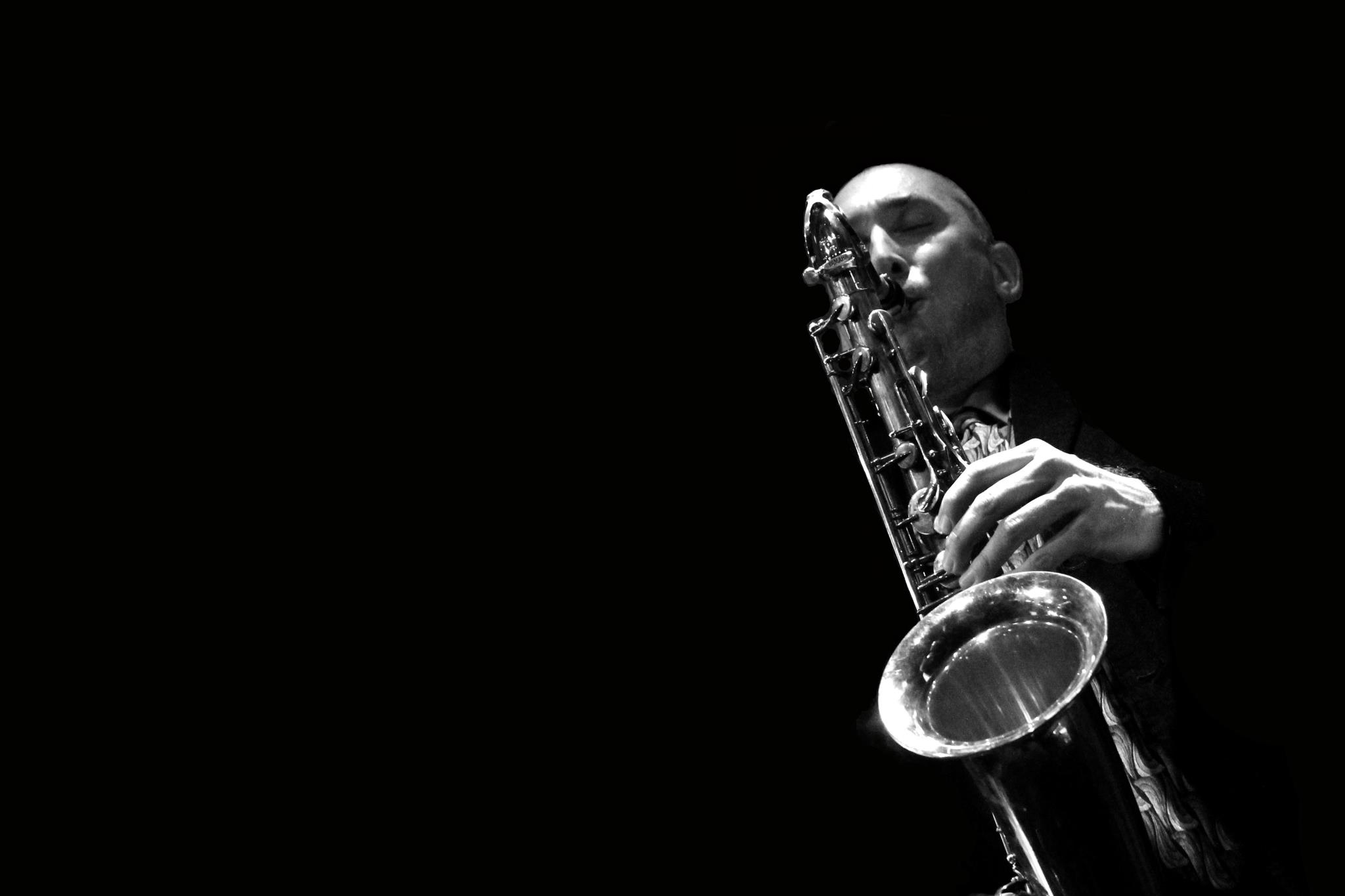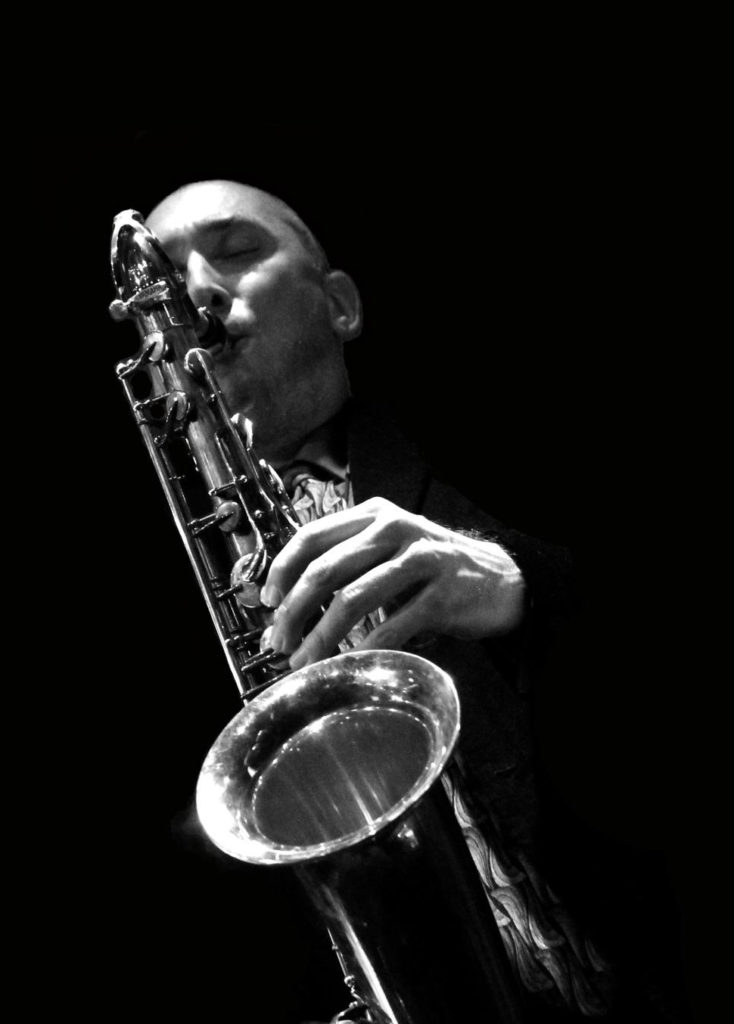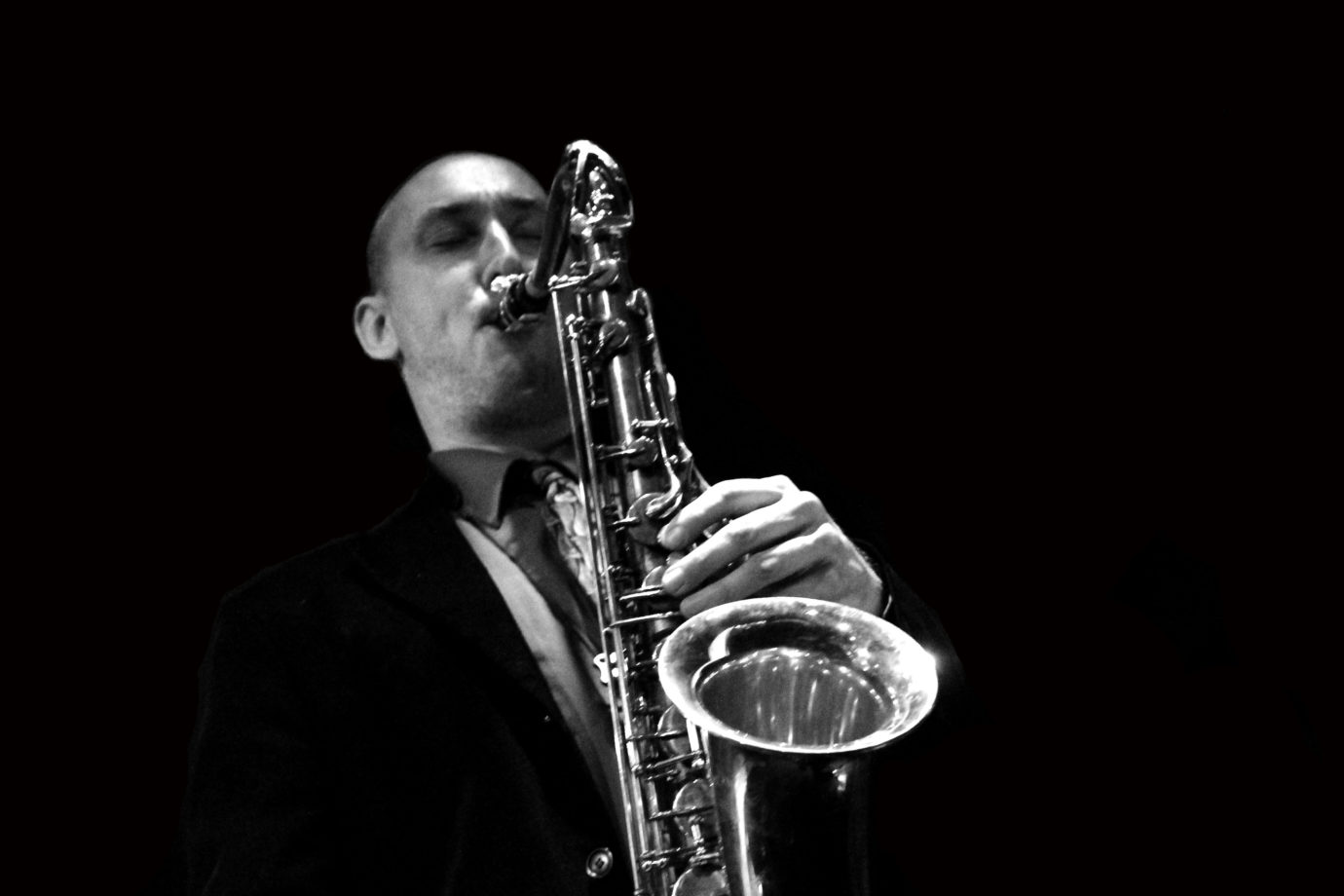Yesterday I wrote a short 3 chord tune by writing the melody first using a minor pentatonic scale.
Many great songs use a pentatonic scale (or relative minor pentatonic) as a theoretical basis for all or part of the melody. Wayne Shorter is well known for tunes that use a pentatonic scale for all or part of the melody.
I wrote this melody over a Bb drone. I started by singing and playing minor pentatonic melodies at the piano and came up with the melody below mainly by ear.
I added a B Major 7 #11 context for the bridge to create a “change” in the harmonic setting.
This tune is an example of my attempt to write simple tunes that have a vibe and sound good which I can have a band sight read with a high level of success. In other words, I can bring this tune to a gig and play it with no rehearsal; it will be fun to play, sound great and everyone will be able to read and solo over it with very little effort.
After writing the melody and singing it for a while I decided to create a counter melody. In general, I try to make the counter simpler both rhythmically and melodically so that it supports but does not distract from the main melody. I ended up with a simple half note descending melody as shown below.
The half note melody added some subtle harmonic changes; a b13 or Gb on the Bb minor creating a temporary aeolian sound and a G natural on the B major 7 #11 creating a temporary harmonic major or lydian augmented sound. These I put in parenthesis to help imply that the sound was not needed during the improvised solos (but could of course be used at the soloists discretion).
Lastly, I arranged the tune with a short 4 bar interlude at the end of the form. I thought this would let the piece breath a little bit and add one more chord for harmonic interest. I used an Eb sus 7 (Eb mixolydian) which comes from the same 7 note set as the Bb -7 dorian sound. I enjoy using sus chords partly because the structure allows the 3rd of the scale (in this case the note G from Eb mixolydian) to become a “color note” instead of part of the 7th chord. Here’s the first chart of the tune which I will take to rehearsal to workshop, play and record on my phone before making the final edits and the final chart.
~ Enjoy!
To support mattotto.org please visit the store: https://mattotto.e-junkie.com/







